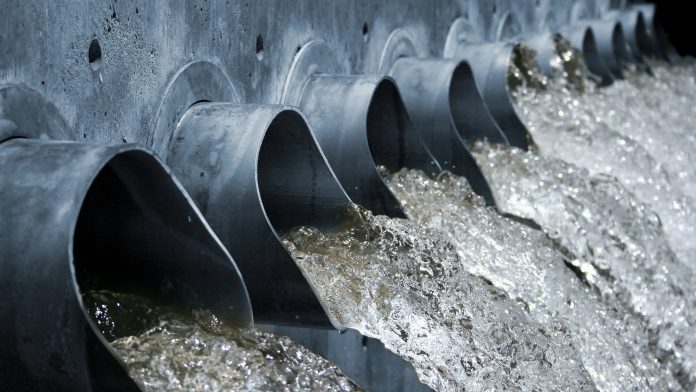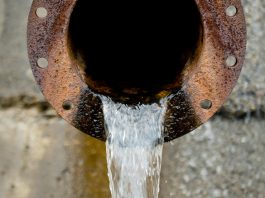A team of researchers from the National University of Singapore (NUS) has developed a new method of treating sewage that is much simpler, cheaper, and greener than existing methods.
The NUS team, led by Associate Professor He Jianzhong from the Department of Civil and Environmental Engineering at the Faculty of Engineering, discovered that a new strain of bacterium called Thauera sp. strain SND5 can remove nitrogen and phosphorus from sewage. This discovery significantly reduces the operational costs and emission of greenhouse gases associated with methods of treating sewage.
In sewage, nitrogen is present in ammonia while phosphorous is present in phosphates. Too much of either compound risks polluting the environment, so they must be removed before the treated water can be released.
Some existing sewage treatment systems use a single reactor, which is inefficient as microbes in the same reactor will compete with one another for resources. This makes it difficult to sustain the balance among the microbes, resulting in an overall lower efficiency. Some existing sewage treatment methods can release nitrous oxide into the environment.
The NUS team’s new microbe converts the ammonia into harmless nitrogen gas, whilst also removing phosphates from the sewage water.
The unique SND5 bacterium was discovered in a wastewater treatment plant in Singapore, where the NUS research team were carrying out routine monitoring. The team observed an unexpected removal of nitrogen in the aerobic tanks, as well as better-than-expected phosphate removal. Jianzhong said: “This leads us to hypothesise the occurrence of a previously undescribed biological phenomenon, which we hope to understand and harness for further applications.”
The NUS researchers then took wastewater samples from a tank, isolated various strains of bacteria, and tested each of them for their ability to remove nitrogen and phosphorus. One of the strains surprised the researchers by its ability to remove both nitrogen and phosphorous from water. In fact, it did the job faster than the other microbes that were tested. The NUS team sequenced its genes and compared them to related bacteria in a global database. They then established it to be a new strain.









